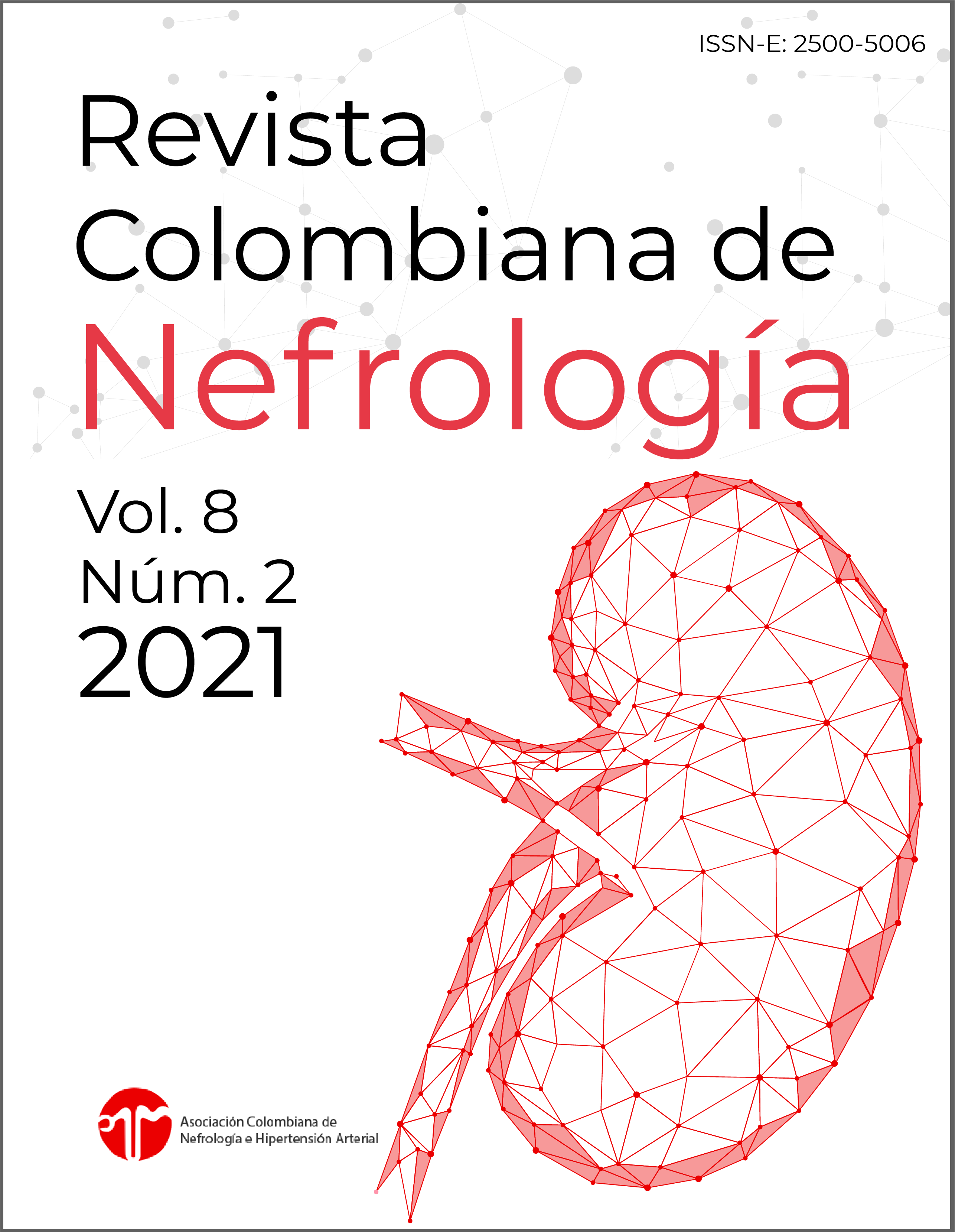Abstract
Potassium is a predominantly intracelular ion involved in multiple essential functions to maintain celular homeostasis. Therefore, its variations at the plasma level are tightly regulated by the renal and endocrine systems; in addition to being affected by situations such as acidosis, changes in plasma osmolality and concentration of another electrolytes. Hypokalemia is a common electrolyte disorder in clinical practice affected by reporting excessive damage or loss. Its diagnostic approach requires a complete medical history that includes personal pathological and pharmacological history, a specific physical examination with certain conditions like patient´s blood volume and hydration status, as well as the measurement of other electrolytes at the plasma level and occasionally in urine. The thanstubuar potassium gradient is a useful tool to address posible causes. Bartter síndrome is one of the causes of elevated transtubular gradient hypokalemia.
References
2. Chou-Long H, Kuo E. Mechanism of Hypokalemia in Magnesium Deficiency. J Am Soc Nephrol. 2007; 18:2649-2652.
3. Cunha T, Pfeferman Heilberg I. Bartter syndrome: causes, diagnosis and treatment. International Journal of Nephrology and Renovascular Disease. 2018;11: 291–301
4. Palmer B. A Physiologic-Based Approach to the Evaluation of a Patient With Hypokalemia. Am J Kidney Dis. 2010; 56:1184-1190
5. Ho JM, Juurlink DN, Cavalcanti RB. Hypokalemia following polyethylene glycol-based bowel preparation for colonoscopy in older hospitalized patients with significant comorbidities. Ann Pharmacother. 2010;44(3):466-470.
6. Bartter FC, Pronove P, Gill JR Jr, MacCardle RC, Diller E. Hyperplasia of the yuxtaglomerular complex with hyperaldosteronism and hypokalemic alkalosis. Am J Med 1962; 33:811-28.
7. Lee BH, Cho HY, Lee H, et al. Genetic basis of Bartter syndrome in Korea. Nephrol Dial Transplant. 2012;27(4):1516-1521.
8. Cunha TDS, Heilberg IP. Bartter syndrome: causes, diagnosis, and treatment. Int J Nephrol Renovasc Dis. 2018;11:291-301.
9. Seys E, Andrini O, Keck M, et al. Clinical and Genetic Spectrum of Bartter Syndrome Type 3. J Am Soc Nephrol. 2017;28(8):2540-2552.
10. Shibli A, Narchi H. Bartter and Gitelman syndromes: Spectrum of clinical manifestations caused by different mutations. World J Methodol. 2015; 5: 55-61

This work is licensed under a Creative Commons Attribution-NonCommercial-NoDerivatives 4.0 International License.


